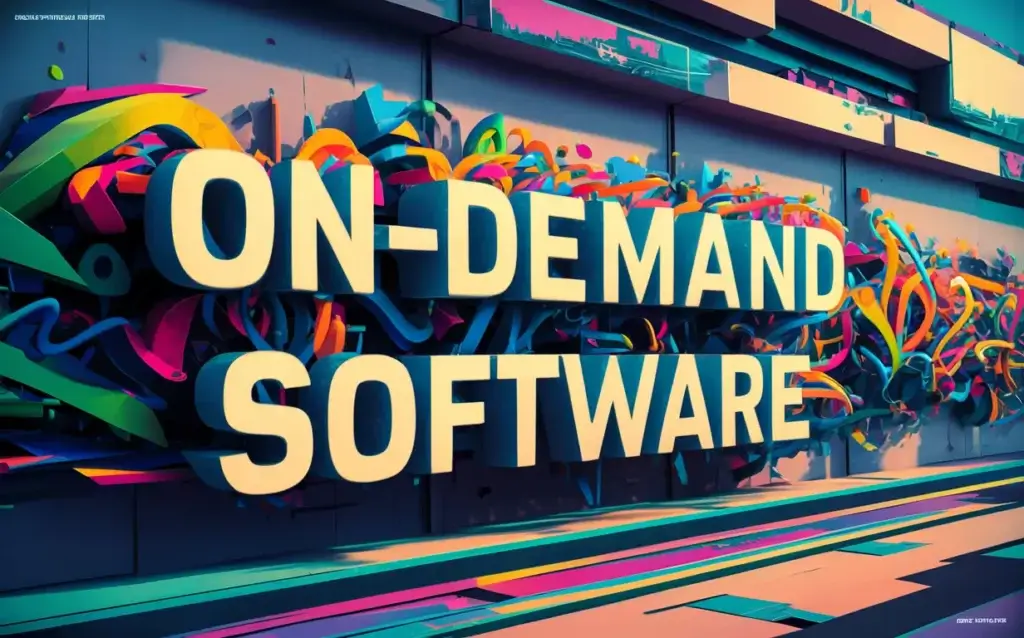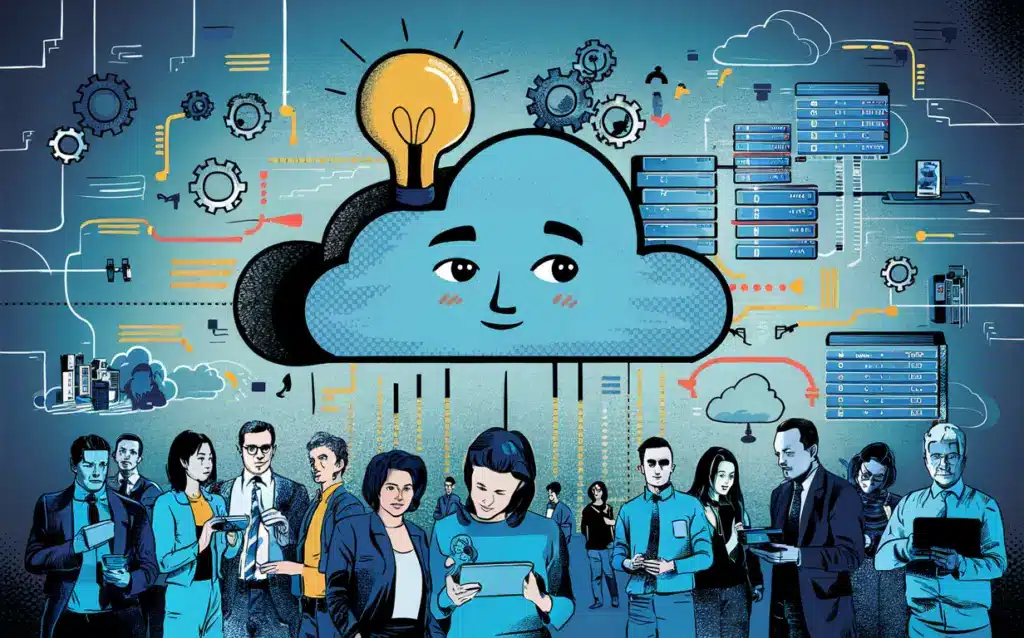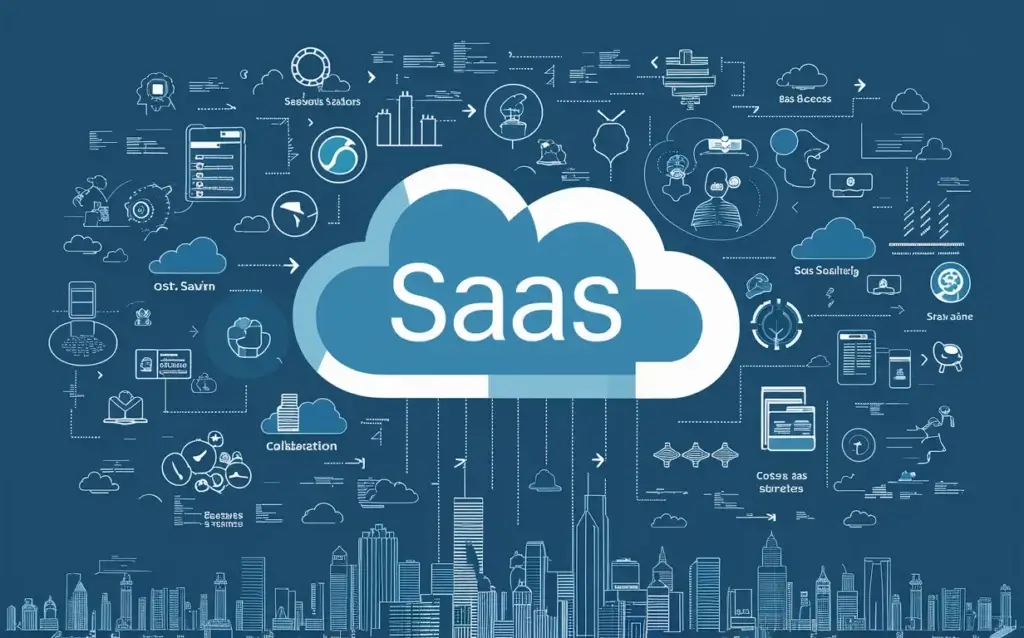Digital message management in claims processing
Digital incident management is a central element of modern claims processing in various branches of industry. It involves the systematic recording, processing and forwarding of information on loss events and incidents using digital technologies and systems. In the past, the documentation and processing of such data was mainly carried out in paper form, which often led to delays and inaccuracies. The implementation of digital reporting management systems enables companies to significantly increase the efficiency and optimisation of their claims handling processes, for example in [...]
Digital message management in claims processing Read more »


















